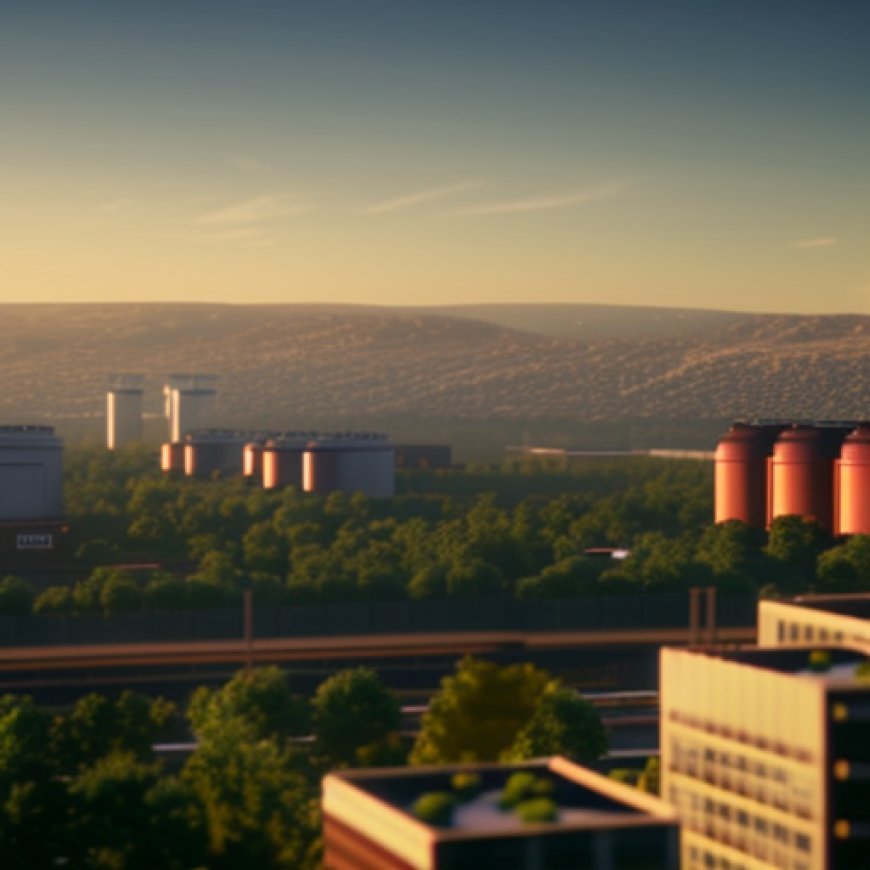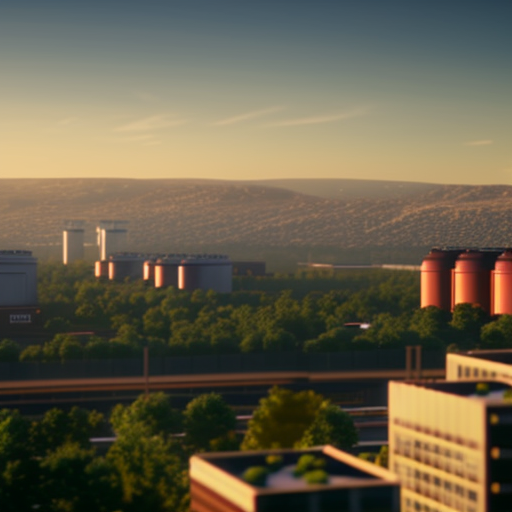3 Philly-area facilities will need to comply with new toxic air pollution rules
3 Philly-area facilities will need to comply with new toxic air pollution rules WHYY


Big cuts to cancer risk, plus more air monitoring
The stricter rules will mean reductions in emissions of over 100 different hazardous air pollutants. But they focus on two particularly dangerous chemicals: ethylene oxide, which is used in manufacturing commercial products and to sterilize equipment, and chloroprene, which is used to make synthetic rubber. Both are linked to cancer.
The rules will reduce emissions of these two chemicals from the processes and equipment they cover by close to 80%.
In communities located near the facilities that use these two chemicals, the EPA estimates the rule will reduce the number of people who experience elevated cancer risk from toxic air pollution by 96%.
The rule also requires some facilities to monitor for these chemicals at the fence line, or the facility’s perimeter. If levels top certain thresholds, the companies will need to find the source of the emissions and make repairs.
Several facilities in the Philly region will be affected
Three active facilities in Pennsylvania, Delaware and New Jersey will be subject to the rules, according to a list released by the EPA.
These are the AdvanSix chemical plant in Philadelphia’s Bridesburg neighborhood, the Delaware City Refinery and a chemical manufacturer known as the Delaware River Plant in Bridgeport, N.J.
None of these facilities emit ethylene oxide or chloroprene — which present the highest health risks covered by the rules, according to the EPA. The Philly-area plants present lower health risks than many of the other facilities that come under the new rules, but the three do emit toxic air pollutants.
The AdvanSix plant in Philly is one of the largest producers in North America of phenol, which is ultimately used in the production of films, plastics and carpets, according to the company. The plant makes other chemicals, like acetone and alpha-methylstyrene, that are used in plastics, solvents and resins.
The EPA estimated the AdvanSix plant emitted more than 142,000 pounds of hazardous air pollutants in 2020.
The Delaware River Plant in Bridgeport, N.J., is owned by Valtris Specialty Chemicals, a company with locations all over the world that produces chemicals used in products such as plastics, PVC, pharmaceuticals and agrochemicals. The EPA estimated the Bridgeport plant emitted more than 32,000 pounds of hazardous air pollutants in 2020.
The Delaware City Refinery, located along the Delaware River in New Castle, Del., and owned by parent company PBF Energy, is one of the few operating crude oil refineries left on the East Coast (most U.S. petroleum refineries are located in Texas, Louisiana and California). It can process up to 180,000 barrels of crude oil per day and distribute its refined product by pipeline, truck, train or boat. The EPA estimated the refinery emitted over 200,000 pounds of hazardous air pollutants in 2020.
The refinery already monitors for cancer-causing benzene at its fence line under requirements from the EPA, and annual average concentrations picked up by its monitors have stayed beneath the EPA’s action level for the chemical for the last five years.
The EPA expects the Delaware City Refinery will also need to start monitoring for 1,3-butadiene at its fence line to comply with the new rules, a spokesperson said. The agency does not expect the other two Philly-area plants to start fence line monitoring under the new rules.
In addition to these three facilities, the EPA lists Montgomery Chemicals in Conshohocken, Pa., as subject to the rules. But the facility shut down in 2019 and no longer has a permit to operate, according to the Pennsylvania DEP. The facility settled a Clean Air Act case with the EPA in 2013, agreeing to pay $36,000 for violations related to emissions and monitoring of a hazardous air pollutant known as methanol, which the facility produced when manufacturing a bleaching agent for the paper industry.
A spokesperson for AdvanSix said the company is “actively assessing the final rule” to evaluate impacts on its Philadelphia plant.
Reached by phone, Valtris’ Chief Operating Officer Ron Masterson said the company is committed to operating in compliance with all local and federal regulations.
PBF did not respond to questions about the new rules by deadline.
The American Chemistry Council, an industry trade group, released a statement last week saying some of the new restrictions could affect production of essential everyday products such as those used in agriculture, health care, semiconductors and electric vehicles. The group said that some chemical facilities have already reduced their emissions of hazardous air pollutants, and that EPA’s finalized rules are based on “inflated risks and speculative benefits.”
SDGs, Targets, and Indicators
1. Which SDGs are addressed or connected to the issues highlighted in the article?
- SDG 3: Good Health and Well-being
- SDG 10: Reduced Inequalities
- SDG 13: Climate Action
2. What specific targets under those SDGs can be identified based on the article’s content?
- SDG 3.9: By 2030, substantially reduce the number of deaths and illnesses from hazardous chemicals and air, water, and soil pollution and contamination.
- SDG 10.2: By 2030, empower and promote the social, economic, and political inclusion of all, irrespective of age, sex, disability, race, ethnicity, origin, religion, or economic or other status.
- SDG 13.2: Integrate climate change measures into national policies, strategies, and planning.
3. Are there any indicators mentioned or implied in the article that can be used to measure progress towards the identified targets?
- Reduction in emissions of hazardous air pollutants
- Reduction in cancer risk from toxic air pollution
- Increase in air monitoring at facilities
Table: SDGs, Targets, and Indicators
| SDGs | Targets | Indicators |
|---|---|---|
| SDG 3: Good Health and Well-being | SDG 3.9: By 2030, substantially reduce the number of deaths and illnesses from hazardous chemicals and air, water, and soil pollution and contamination. | – Reduction in emissions of hazardous air pollutants – Reduction in cancer risk from toxic air pollution |
| SDG 10: Reduced Inequalities | SDG 10.2: By 2030, empower and promote the social, economic, and political inclusion of all, irrespective of age, sex, disability, race, ethnicity, origin, religion, or economic or other status. | – Reduction in cancer risk in disproportionately impacted communities – Improved environmental justice for low-income and minority communities |
| SDG 13: Climate Action | SDG 13.2: Integrate climate change measures into national policies, strategies, and planning. | – Increase in air monitoring at facilities – Reduction in pollution contributing to smog |
Behold! This splendid article springs forth from the wellspring of knowledge, shaped by a wondrous proprietary AI technology that delved into a vast ocean of data, illuminating the path towards the Sustainable Development Goals. Remember that all rights are reserved by SDG Investors LLC, empowering us to champion progress together.
Source: whyy.org

Join us, as fellow seekers of change, on a transformative journey at https://sdgtalks.ai/welcome, where you can become a member and actively contribute to shaping a brighter future.







